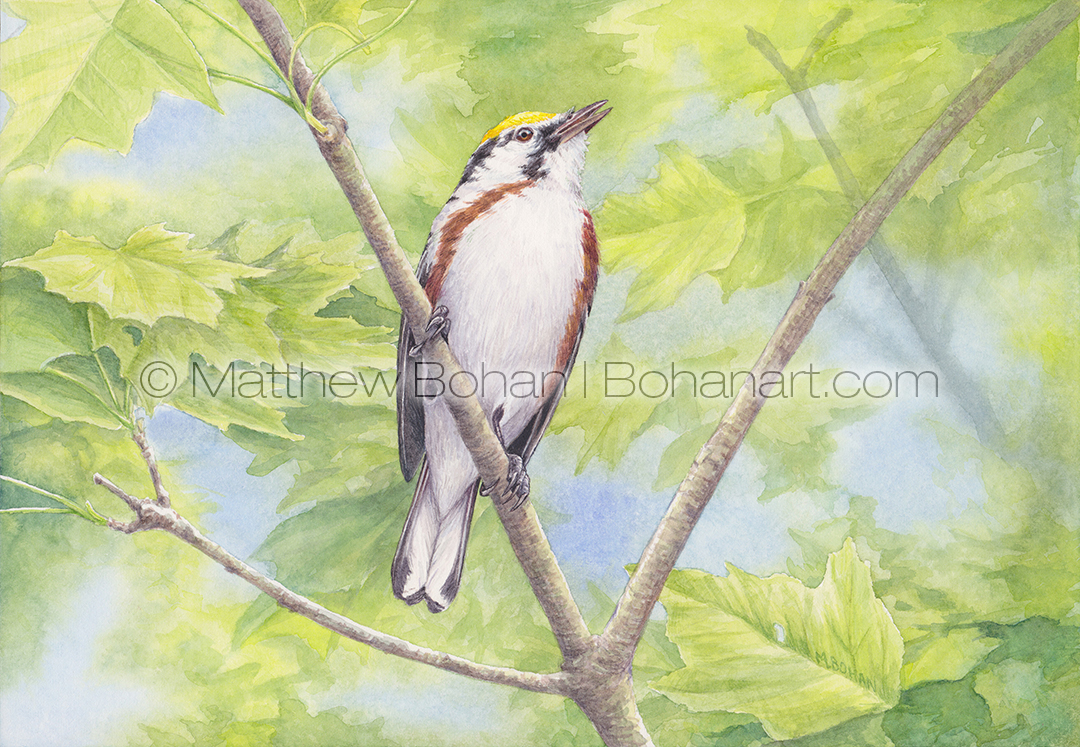
I have to admit that I’m a bit nuts about warblers. While I have a lot of “holes” in my life list in the area of shorebirds, I’ve managed to see every eastern warbler with the exception of just one, the Swainson’s. I really need to get that one! My favorite place to go birding is in wooded areas, so I’ve had high yield with warblers over the years. It is hard to overestimate the appeal of these cute, brightly colored birds.
While it is virtually impossible for me to pick a favorite warbler, the Chestnut-sided certainly is a class act. For a bird that is dominated by mostly white feathers, it is striking, with stripes in all the right places. As much as I like their breeding plumage in the spring, their fall colors make them about the cutest things around. Once I get good reference photos, I seriously need to paint one.
This painting was a little out of my comfort zone. I tried to not overwork it. One of my main goals was to have a blurry background that faded in and out of focus. That’s really easy to do with an airbrush, but it’s a lot harder in watercolor… at least for me. I hoped to capture some of that soft focus look that I like from airbrush. I wanted to selectively focus the scene using detail in some areas fading off to other areas with super soft edges. Thankfully, I’m happy with the results.
As a kid I don’t recall seeing many warblers. I remember looking through a copy of Peterson’s Field Guide to Eastern Birds and being in disbelief that all those beautiful birds were theoretically within our range in western New York. Where were they hiding? I remember seeing lots of feeder birds, Indigo Buntings, Eastern Bluebirds and bigger birds like hawks, turkeys, herons and grouse, but the little jewel-like warblers were an enigma.
Once I came across a spectacular little brownish-blackish bird with orange marks on its wings that was lying stunned on the ground, probably from striking a window. I gently picked it up and marveled at its perfection. I moved it to a safe spot in the crook of a big tree, returning half an hour later to find that it had flown off. Once back in the house, I rifled through Peterson’s guide and keyed out my first American Redstart: a perfect male specimen.
After that I started to become obsessed with finding warblers. I learned quickly that they are incredibly tiny, lightning fast and, despite being brightly colored, incredibly well camouflaged in the field. In addition, I was really disappointed to realize that most of those feathered jewels only passed through our area on their way to their breeding or wintering grounds. That certainly made the month of May exciting, searching out new friends. Of course, when they returned in September, many were disguised in their fall plumage. Decades later the obsession still runs strong and has “infected” the rest of the family. For us the months of May and September revolve around birding; those are the warbler months. Car trips and vacations usually involve a consultation with eBird.org to see what hotspots might be along our way. No, we aren’t addicted… honest!

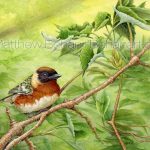
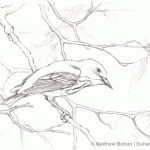
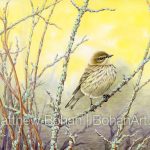


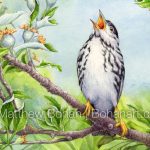
Leave a Reply